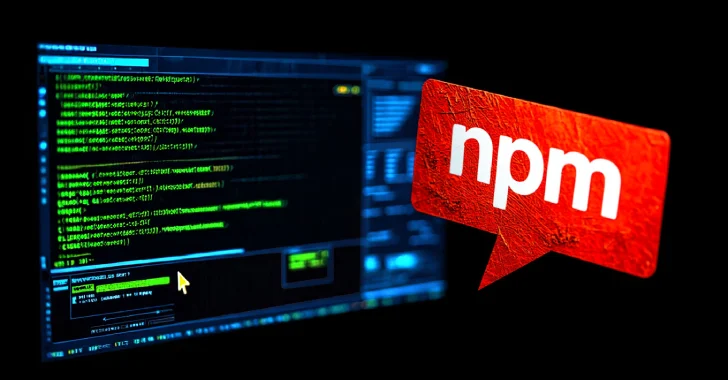It’s budget season. Once again, security is being questioned, scrutinized, or deprioritized.
If you’re a CISO or security leader, you’ve likely found yourself explaining why your program matters, why a given tool or headcount is essential, and how the next breach is one blind spot away. But these arguments often fall short unless they’re framed in a way the board can understand and appreciate.
According to a Gartner analysis, 88% of Boards see cybersecurity as a business risk, rather than an IT issue, yet many security leaders still struggle to raise the profile of cybersecurity within the organization. For security issues to resonate amongst the Board you need to speak its language: business continuity, compliance, and cost impact.
Below are some strategies to help you frame the conversation, transforming the technical and complex into clear business directives.
Recognize the High Stakes
Cyber threats continue to evolve, from ransomware and supply chain attacks to advanced persistent threats. Both large enterprises and mid-sized organizations are targets. The business impact of a breach is significant. It disrupts operations, damages reputation, and incurs substantial penalties. To avoid this, organizations must adopt a proactive approach like continuous threat exposure management. Ongoing validation through frequent, automated testing helps identify new attack vectors before they escalate.
Align Security Strategy with Business Objectives
The board doesn’t approve security budgets based on fear or uncertainty. They want to see how your strategy protects revenue, maintains uptime, and supports compliance. That means translating technical goals into outcomes that align with business initiatives. Define measurable KPIs like time to detect or remediate, and position your roadmap alongside upcoming projects like new system rollouts or merges and acquisitions.
Build a Risk-Focused Framework
When you ask for more budget, you need to show prioritization. That starts by identifying and categorizing your core assets, customer data, proprietary systems, and infrastructure. Where possible, quantify what a breach could cost the business. This helps define acceptable risk thresholds and guides investment.
One of our customers, a US-based insurance provider, estimated that a breach of its policyholder database, which held a lot of customer PII, could cost the business more than $5 million in regulatory fines and lost revenue. This projection helped them prioritize vulnerabilities that could lead to this asset and validate its surrounding security controls. By focusing security efforts on high-value assets, they strengthened their security where it mattered most, and could show the board exactly why the investment was justified.
Use Industry Standards to Strengthen Your Case
Regulations and frameworks like ISO 27001, NIST, HIPAA, and PCI DSS are useful allies in making your case. They provide a baseline for good security hygiene and give leadership something familiar to anchor their decisions. But compliance doesn’t guarantee security. Use audit feedback to highlight gaps and demonstrate how validation adds a layer of real-world protection.
Jay Martin, CISO of COFCO International, shared in a recent Pentera-hosted panel that “we used to build budget requests around best practices, but what worked was showing where we were exposed—and how fast we could fix it.”
Craft a Business Case That Stands Up in the Boardroom
Security ROI is not just about cost savings. It is about avoiding losses, breaches, downtime, legal penalties, and brand damage. Automated security validation shows early wins by uncovering exposures that traditional tools miss. These include misconfigurations, excessive permissions, and leaked credentials that are proven to be exploitable in your environment. This proves the likelihood of an attack before it actually happens. This kind of evidence shows exactly where risk exists and how fast it can be fixed. It gives leadership a clear reason to expand the program and positions security as a business enabler, not just a cost center.
Communicate with the Right Message for Each Audience
Boards want to understand how security decisions impact the business, whether that’s protecting revenue, avoiding regulatory penalties, or reducing the financial fallout of a breach. Security teams need operational details. Bridging that gap is part of your role. Tailor your message for each group and use real examples where possible. Share stories of how organizations in similar industries were impacted by missteps or succeeded thanks to proactive investment. Show how your plan creates alignment across departments and builds a culture of shared accountability.
Stay Ahead of Emerging Threats with Real Testing
Cyberattacks evolve quickly. Threats that did not exist last quarter might be your biggest risk today. That is why security validation needs to be an ongoing practice. Attackers are not waiting for your quarterly review cycle, and your defenses should not either. Frequent automated penetration tests, helps uncover blind spots across infrastructure, cloud environments, and partner systems.
Continuous testing also allows you to show your board exactly how prepared you are for current threats, especially the high-profile ones that dominate headlines. Tracking how your organization holds up against these threats over time gives you a clear way to demonstrate progress. This level of transparency builds confidence and helps shift the conversation from fear and uncertainty to readiness and measurable improvement.
Avoid Budget Waste
Too many security investments turn into shelfware, not because the tools are bad, but because they’re underused, poorly integrated, or lack clear ownership. Make sure each solution maps to a specific need. Budget not only for licenses, but also for training and operational support. Regular tool audits can help you streamline efforts, reduce redundancy, and focus spending where it delivers the most value.
Finalize a Scalable, Defensible Budget Plan
The strongest budget plans break down spending by category: prevention, detection, response, and validation, and show how each area contributes to the larger picture.
Show how your plan scales with the business so every decision continues to deliver value. To support expanding into new regions, a global manufacturing enterprise used automated security validation to establish best practices for hardening assets and configuring security controls. Because they included continuous validation from the start, they avoided the high cost of manual testing and the operational strain of allocating extra resources. Most importantly, they maintained a strong security posture throughout their expansion by uncovering and remediating real exposures before attackers could exploit them.
Takeaways: Prove Security’s Business Value
Security is no longer a cost center, it’s a growth enabler. When you continuously validate your controls, you shift the conversation from assumptions to evidence. That evidence is what boards want to see.
Use standards to your advantage. Show that you’re not just meeting expectations but actively reducing risk. And above all, keep making the case that smart, ongoing investment in cybersecurity protects the business today and builds resilience for tomorrow.
To move beyond one-time audits and annual reviews, check out our GOAT guide on how to communicate risk to the Board. It shows you how to use continuous validation, to not just defend your organization, but prove your security strategy is working.
Found this article interesting?
This article is a contributed piece from one of our valued partners. Follow us on
Google News,
Twitter and
LinkedIn to read more exclusive content we post.








![[Webinar] Shadow AI Agents Multiply Fast — Learn How to Detect and Control Them](https://computerodyssey.net/wp-content/uploads/2025/09/wp-header-logo-39.png)















